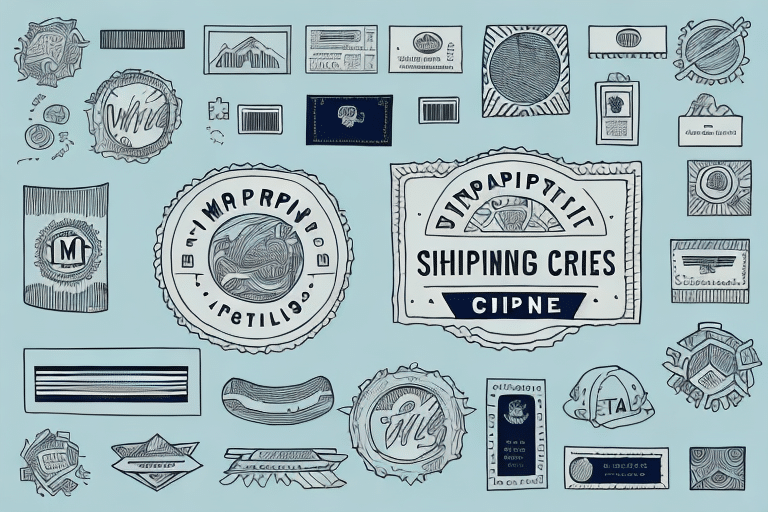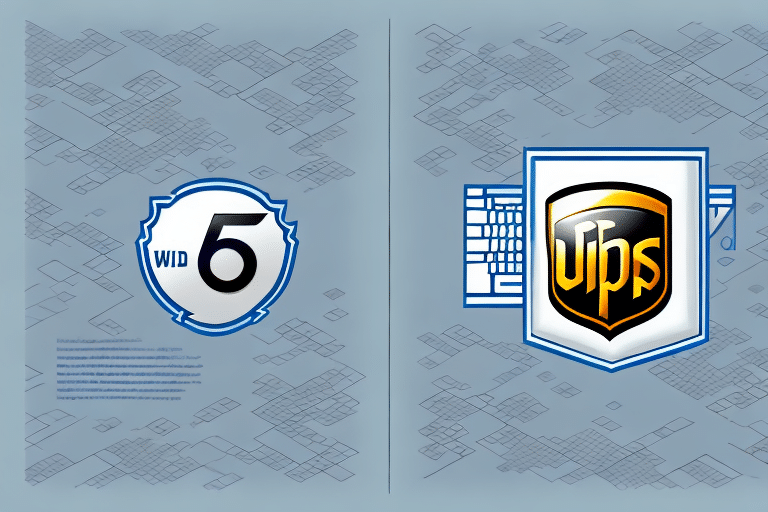How Much Does It Cost to Send a Package? A Comprehensive Guide
Sending packages can be a bit confusing, especially if you're unsure about the actual costs involved. This guide provides all the information you need to send your packages with confidence, covering everything from shipping options to additional fees, customs duties, and insurance options. Let's dive in and explore how much it costs to send a package.
Understanding Shipping Options and Major Carriers
Types of Shipping Services
- Standard Shipping: The most affordable option, ideal for non-urgent deliveries.
- Expedited Shipping: Includes two-day and overnight services for faster delivery.
- Ground Shipping: A slower but cheaper option, suitable for larger or heavier packages.
Comparing Major Shipping Carriers
Major shipping companies such as USPS, UPS, and FedEx offer a variety of shipping options, each with different pricing structures and services:
- USPS: Often cheaper for lighter packages and offers services like Priority Mail and Flat Rate boxes.
- UPS: Excels in handling larger or heavier packages and provides reliable tracking options.
- FedEx: Known for its express services and extensive international shipping options.
Consider the size, weight, and urgency of your package when choosing a carrier. Compare their prices and services using tools like the USPS Shipping Calculator or the UPS Cost Estimator to find the best option for your needs.
Packaging and Dimensional Weight
Choosing the Right Packaging
The packaging you use impacts both the cost and safety of your shipment. Opt for lightweight materials such as bubble mailers or padded envelopes when possible. For fragile or high-value items, sturdy boxes with adequate padding are essential.
Understanding Dimensional Weight
Dimensional weight pricing takes into account the size of your package in addition to its actual weight. Carriers calculate dimensional weight by multiplying the package’s length, width, and height and then dividing by a specific divisor (e.g., 139 for UPS).
To avoid higher shipping costs, use packaging that closely fits the dimensions of your items. Tools like the Dimensional Weight Calculator can help you determine the most cost-effective package size.
Additional Fees and Surcharges
Common Additional Fees
- Fuel Surcharges: Vary with changes in fuel prices and are typically a percentage of the base shipping cost.
- Delivery Area Surcharges: Applied for deliveries to remote or rural areas.
- Oversize/Overweight Fees: Charged for packages that exceed the carrier’s size or weight limits.
Special Handling Fees
Certain types of packages, such as those containing hazardous materials or requiring refrigeration, may incur additional fees. Always check the carrier’s guidelines to understand any potential extra costs.
International Shipping: Customs and Duties
Customs Fees and Import Duties
When shipping internationally, additional costs such as customs fees, taxes, and import duties apply. These charges vary depending on the destination country, the type of goods, and their value.
Use resources like the U.S. Customs and Border Protection website to understand the specific regulations and fees for the destination country.
Restricted and Prohibited Items
Different countries have restrictions on certain goods. For example, items like electronics, clothing, and food might have specific import regulations. Always verify the destination country’s import restrictions to avoid having your package seized or returned.
Tips to Save on Shipping Costs
Optimize Packaging
Use appropriately sized packaging to minimize dimensional weight charges. Reuse packaging materials when possible and consider investing in shipping supplies that offer both protection and economy.
Compare Shipping Rates
Use comparison tools and shipping calculators to evaluate different carriers and services. Websites like Shippo or ShipStation can help streamline this process.
Negotiate with Carriers
If you ship regularly or in large volumes, negotiate discounted rates with your preferred carriers. Establishing a business relationship can lead to better pricing and additional benefits.
Consolidate Shipments
Combine multiple packages going to the same destination into a single shipment to reduce overall costs. This strategy can optimize shipping efficiency and lower expenses.
Utilize Flat-Rate Shipping
Flat-rate boxes, offered by carriers like USPS, can be a cost-effective solution for shipping heavier items over long distances. They provide predictable costs regardless of the package’s weight or destination.
Insurance and Tracking Options
Shipping Insurance
Protect your packages against loss, damage, or theft by purchasing shipping insurance. The cost of insurance varies based on the value of the items being shipped. High-value items may warrant higher coverage to ensure full protection.
Check the insurance options provided by your carrier, such as USPS Insurance, UPS Insurance, or FedEx Insurance.
Package Tracking
Tracking your package allows you to monitor its journey and ensures timely delivery. Most carriers include basic tracking with their services, but advanced tracking features may come with additional fees.
- Real-Time Tracking: Provides up-to-the-minute location updates.
- Delivery Notifications: Alerts you when the package is out for delivery or has been delivered.
- Rerouting Options: Allows you to change the delivery address if needed.
Choose a carrier that offers the tracking features that best meet your needs. Detailed tracking information can enhance customer satisfaction and provide peace of mind.
Conclusion
Sending a package involves various factors that influence the overall cost. By understanding the different shipping options, optimizing your packaging, being aware of additional fees, and utilizing cost-saving tips, you can effectively manage and reduce your shipping expenses. Whether you're shipping domestically or internationally, being informed and prepared ensures your packages arrive safely and affordably.






















